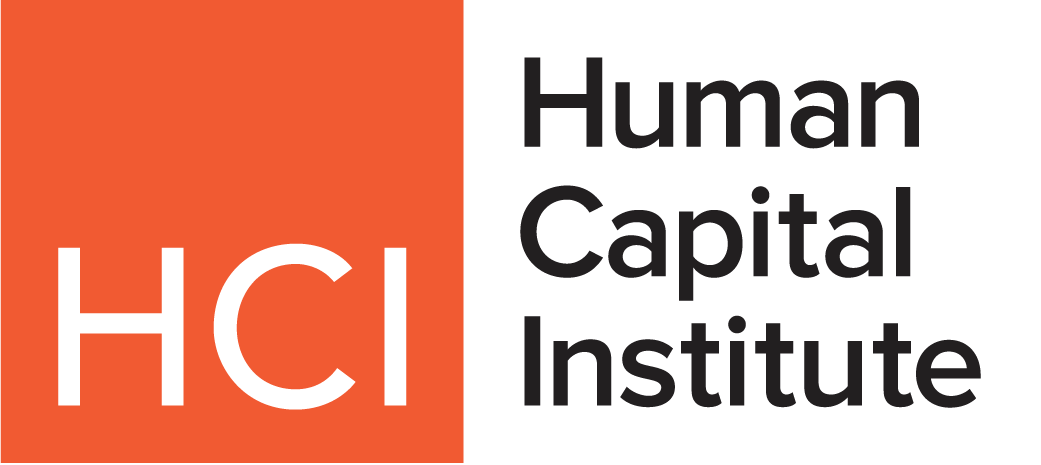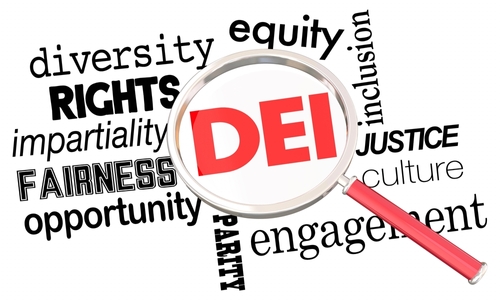It’s no secret that 2025 has seen a dramatic shift in the federal government’s view of the value and legal validity of diversity, equity, and inclusion (DEI) programs and initiatives. The latest guidance from the Department of Justice (DOJ) is directed at recipients of federal funding, but all businesses can use it to learn about the administration’s discrimination priorities.
Setting the Tone
The tone was set by an Executive Order (EO) titled “Ending Radical and Wasteful Government DEI Programs and Preferencing,” which criticized what it called “dangerous, demeaning, and immoral race- and sex-based preferences.”
This was followed in March by technical assistance documents issued jointly by the DOJ and the Equal Employment Opportunity Commission (EEOC) opining, among other things, that employer-sponsored affinity groups could be considered discriminatory if membership is limited and that business interests in diversity won’t justify this type of “segregation.” In May, the DOJ announced a Civil Rights Fraud Initiative under which it intends to use the False Claims Act to pursue government contractors it believes have falsely certified compliance with civil rights laws.
The latest iteration is a July 29, 2025, memo from Attorney General Pam Bondi titled “Guidance for Recipients of Federal Funding Regarding Unlawful Discrimination.” The DOJ’s guidance isn’t binding, and it doesn’t change existing law or its interpretation by courts. However, the memo does provide insight into the administration’s enforcement priorities. Although nominally directed toward federal funding recipients, the guidance encourages careful review by “all other entities subject to federal antidiscrimination laws,” including private employers.
Policies and Practices Vulnerable to Challenge
The guidance identifies several categories of practices the DOJ considers to be at risk of violating antidiscrimination laws. Although the examples in the memo relate to race, ethnicity, or sex, applicable laws also apply to other protected characteristics, including color, religion, disability, and veteran status.
Use of Proxies: The guidance warns that use of “ostensibly neutral criteria that function as substitutes for” a protected characteristic may be unlawful if “designed or applied with the intention of advantaging or disadvantaging” a particular group. The guidance cites “lived experience,” “cross-cultural skills,” “cultural competence,” socioeconomic status, first-generation status, geographic diversity, and use of “overcoming obstacles” narratives as potentially problematic evaluation criteria if the goal of applying them is to prioritize candidates based on a particular characteristic.
Preferential Treatment: Examples cited by the DOJ include race-based scholarships, programs, or initiatives and preferential hiring practices (e.g., prioritizing candidates from “underrepresented groups” for hiring or promotion).
Segregation: The guidance defines “segregation” to include restricting access to programs, activities, or resources based on a protected characteristic, regardless of the goal. Practices identified as problematic include “diverse slate” requirements for candidate pools and contracting policies that give an advantage to minority- or woman-owned businesses. Notably, however, the guidance says segregation is not only permitted but also likely mandatory with respect to “intimate spaces” designed for females (such as restrooms and showers). In these situations, the DOJ states that employers should “affirm sex-based boundaries rooted in biological differences.”
Training Programs: Training content the DOJ says could create a hostile work environment includes statements like “toxic masculinity” and “all white people are inherently privileged.” The guidance does concede that training focused on preventing unlawful workplace discrimination is permissible, so long as it doesn’t “single out, demean or stereotype” particular groups as “inherently racist or sexist.” The guidance also warns against providing trainings that “impose penalties for dissent” from the training, though “dissent” isn’t defined.
Recommended Best Practices
With the above in mind, the guidance offers a list of “non-binding suggestions” to help employers “avoid legal pitfalls.” The DOJ’s recommended best practices include the following:
- Ensure “inclusive” access to all workplace programs, activities, and resources, but also recognize that “sex separation is necessary where biological differences implicate privacy, safety, or athletic opportunity.”
- Focus selection decisions on “specific, measurable skills and qualifications directly related to job performance.”
- Prohibit “demographic-driven criteria,” and discontinue even facially neutral programs or policies that are designed to produce “discriminatory outcomes.”
- Scrutinize neutral criteria for “proxy effects,” and document legitimate rationales for decisions.
- Eliminate diversity quotas and policies that mandate representation of specific protected groups in candidate pools.
- Avoid “exclusionary training programs.”
- Establish procedures and “safe” reporting mechanisms to prevent retaliation against people who oppose DEI practices or refuse to participate in programs they reasonably believe violate federal law.
Road Ahead
As the administration continues to reinforce its position regarding what constitutes “illegal DEI,” you should take the opportunity (with counsel) to review current recruitment activities, hiring selection criteria, and workplace programs through the lens of the guidance, recognizing that even facially neutral criteria could be considered unlawful absent a documented nondiscriminatory reason for their use.
Jill Chasson is a partner at Coppersmith Brockelman PLC in Phoenix, Arizona. Well-versed in the many federal and state laws that govern the workplace, she regularly works with businesses of all sizes to develop workplace policies and resolve difficult personnel issues. When disputes arise, she represents employers before administrative agencies, in arbitration proceedings, and in state and federal courts.




